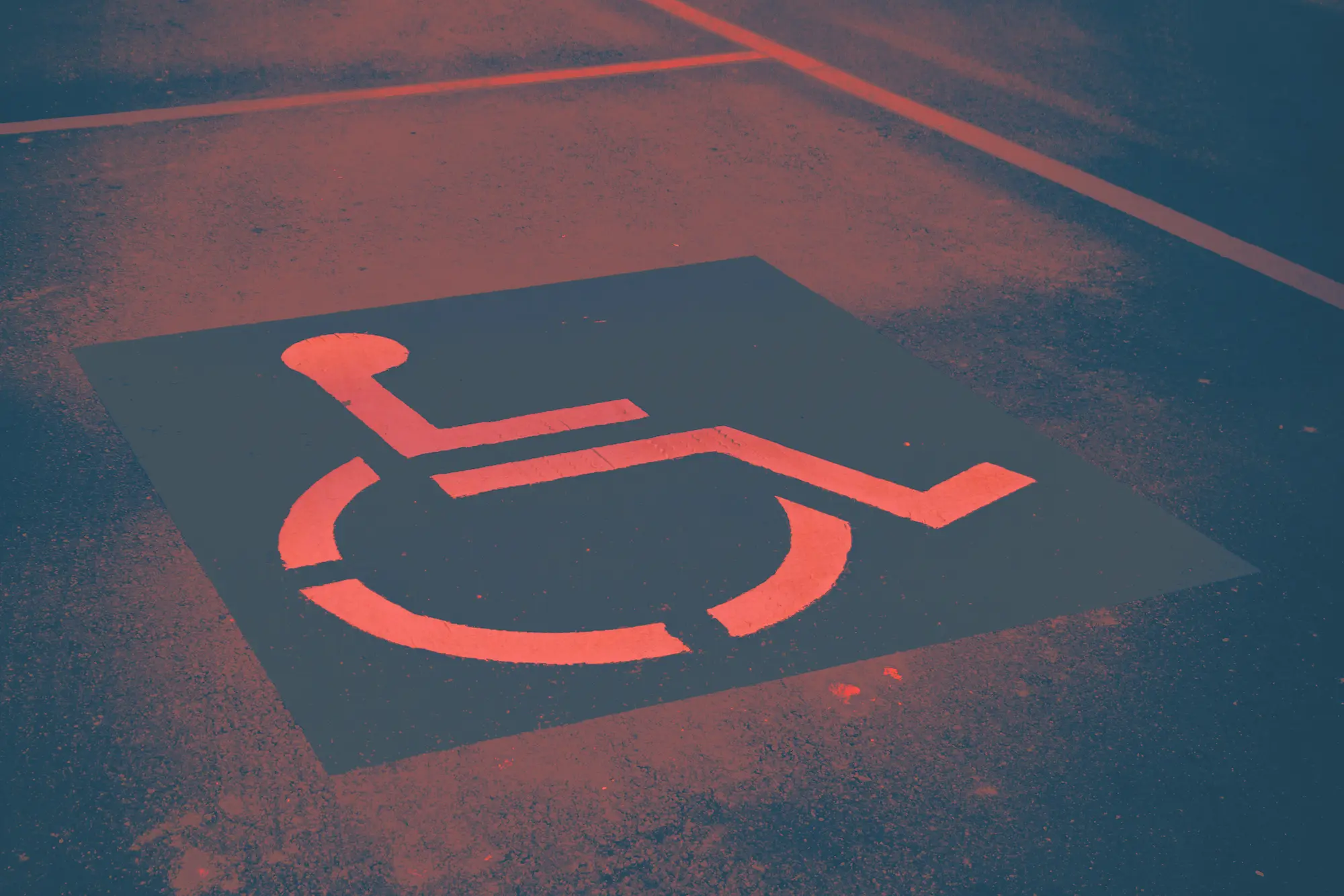Dealing with the trend technology AI brings both opportunities and challenges. Particularly with regard to diversity, a central theme of our current social development, a sharpened view of the influence of AI is relevant. But what is diversity anyway and why is this topic important as the technology continues to develop?
The rapid development of AI in recent times has not only created opportunities, but also significant risks and challenges. In our interview with Prof Dr Laura Bechthold, we have talked already about the responsibility that new technologies entail. Our article on digital ethics also sheds light on different perspectives on the actions and effects of digitalization on our lives today.
In this article, we look at the topic of ‘diversity’ – an essential concept that many people are concerned about in terms of social development. What role does AI play in this context? Is it a threat or an opportunity to promote diversity? Can AI itself be designed to be diverse? In this article, we attempt to answer these and other questions on this exciting topic.
What is diversity?

Why is diversity important in the development of AI?
Artificial intelligence is a new, advanced technology that is part of the megatrends and therefore has a significant impact on our society. It is in the interest of humanity that it corresponds to our values and further strengthens them. If it is important to us that all individuals in society feel safe and represented, AI is no exception and must be adapted accordingly. As mentioned in the interview with Prof Dr Laura Bechthold, the data used to train the AI is crucial for this. It has also been mathematically proven that the diversity of the data in predictive models increases the precision of the results. Roughly speaking, the greater the variance, the greater the standard of the mean.
Fosch-Villaronga and Poulsen (2022) address this issue and suggest considering three levels of diversity in relation to AI:
Technical level
In a new study by Cornell University, researchers analyzed fairness in automated pedestrian recognition and found that the systems studied were 7.5% worse at recognizing people with dark skin than light-skinned people.
Google’s AI service ‘Vision’ was also notorious for delivering racist results. For example, photos of dark-skinned people holding thermometers were identified as ‘dangerous’ and the thermometer was labelled as a ‘weapon’.
These situations are typical examples of biases, which broadly mean ‘prejudice’ or ‘bias’ (Müller, 2022). However, AI itself has nothing to do with human thoughts and feelings. The biases discovered come purely from the data with which the AI algorithm was ‘fed’. If the database lacks diversity and reflects common stereotypes, these gaps and problems will also arise later in the AI results. This affects the efficiency of AI in general and leads to stereotypes being deepened and reinforced in society. It is therefore important to improve the databases and further train the AI systems. This is precisely what the technical level is concerned with.
Community level
According to the World Economic Forum’s Global Gender Report 2020, only 26% of employees in the AI sector are female. BIPOC (Black, Indigenous, and People of Color) people are even less represented and make up around 20% of the workforce (Kramer, 2024).
Therefore, at the community level, the focus is on how the AI community can be made more diverse and inclusive.

Target user level
At the target user level, the question arises as to who AI systems are being developed for. If the target group is the majority of people, then it means that the needs and wishes of minorities could be overlooked when using AI. To avoid this, all stakeholders, including discriminated groups, should be identified and analyzed in more detail and AI systems should be adapted accordingly.
In practice, all three levels are interlinked and should be considered together. The reason for this is that relevant data must first be collected to expand the database. In our case, it is the data on minorities that is not sufficiently represented in the field of AI to be able to truly reflect the diversity in our society through AI.
However, this cannot be achieved without identifying the characteristics and problems of these groups. It is therefore important to involve the representatives of these groups in the work process. They can not only help to identify the target groups more precisely and describe them, but also contribute new perspectives.

Can AI help implement diversity?
AI can combat discrimination by increasing transparency and fairness. For example, AI algorithms can be configured in various selection procedures, such as application processes, so that they only take relevant data into account. Potentially discriminatory information such as gender, age or place of birth is deliberately ignored.
In addition, AI can help people with disabilities at work by providing functions such as speech recognition or live subtitling (OECD, 2023).
To effectively implement AI for such purposes, it must be further trained and improved with regard to diversity issues. This can not only minimize the dangers, but also advance the benefits of AI application so that AI reflects our society, as colorful as it is.
Quellen:
Boinodiris, Phaedra (2024): „The importance of diversity in AI isn’t opinion, it’s math”. IBM
Forsch-Villaronga, Eduard, Poulsen, Adam (2022): “Diversity and Inclusion in Artificial Intelligence.” In: B. Custers and E. Forsch-Villaronga (eds.), Law and Artificial Intelligence. 109-134.
Müller, Katharina (2022): „Was bedeutet „Bias“? Bedeutung und Verwendung.“ In: Netzwelt.
OECD (2023): “OECD Employment Outlook 2023: Artificial Intelligence and the Labour Market.”